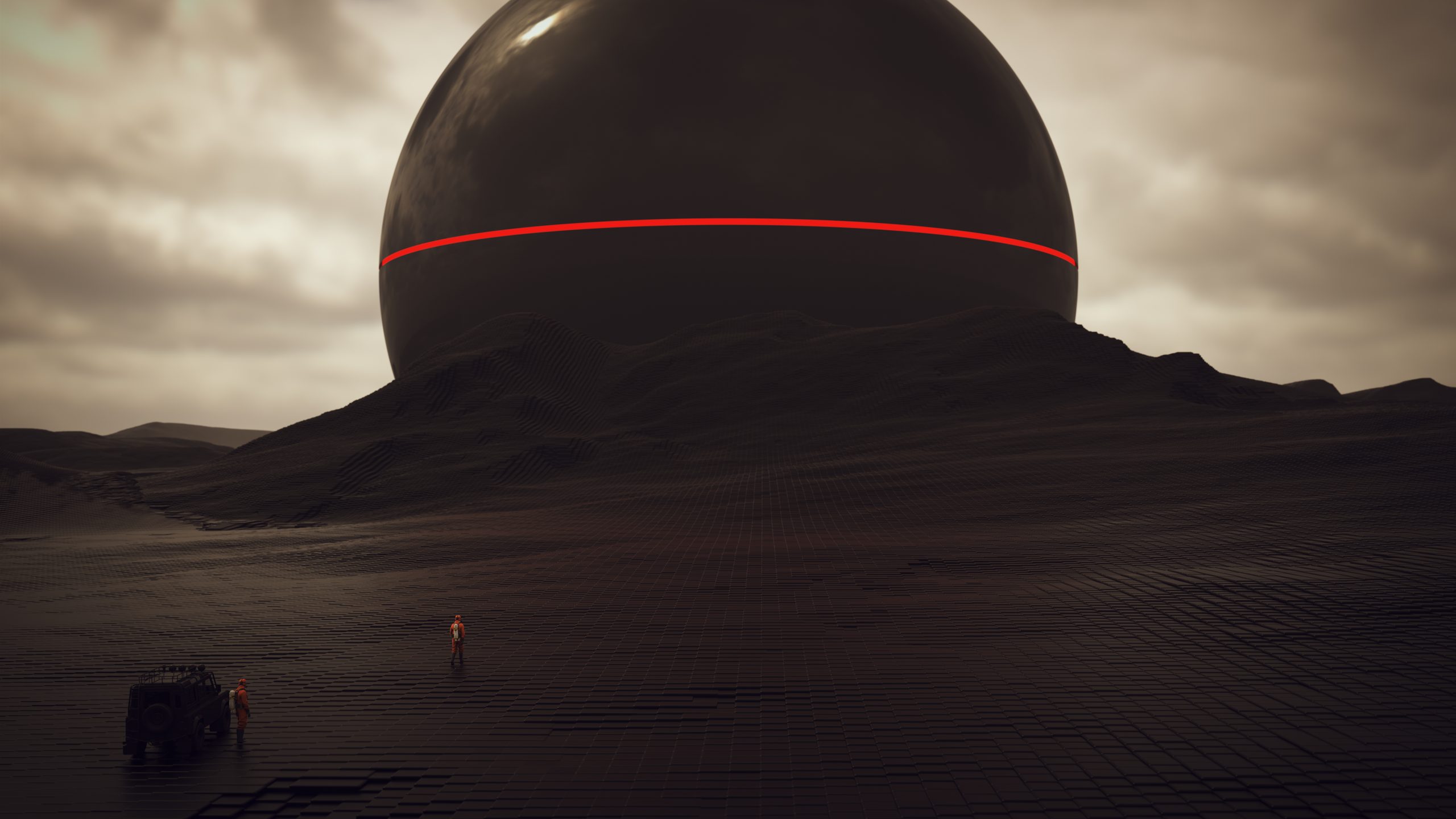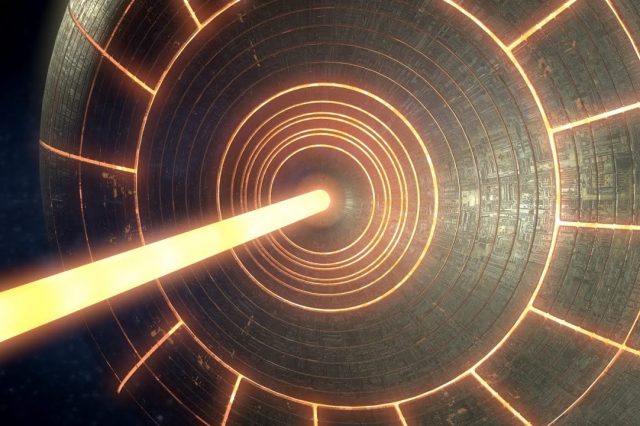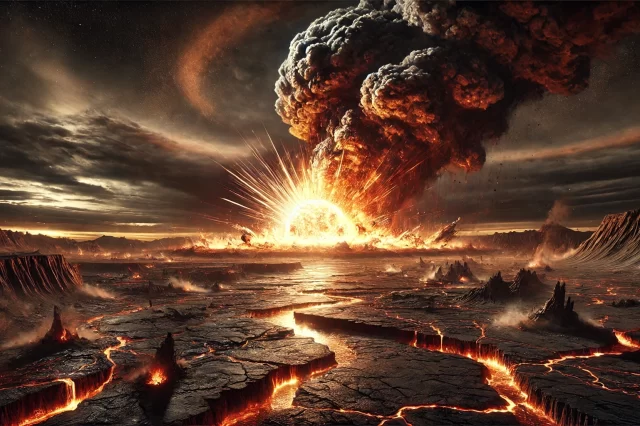We can define interstellar archaeology as the search for physical artifacts built by intelligent lifeforms that are not from Earth.
Are we alone in the universe? What are the odds that Earth is the only world where life sprung into existence out of the countless galaxies in the universe and hundreds of billions of planets in each galaxy? Humankind has looked to the stars attempting to answer this question for who knows how long. We aren’t closer to answering this question now than we were two or three decades ago.
Please take into consideration that our technology has drastically improved in recent years. We are far from understanding our place in the cosmos. And despite the fact our search is ongoing, we are becoming better at it. We are developing better tools and methods. And one tool we have not used as much as we should have is a science called Interstellar Archaeology.
What is Interstellar Archaeology?
Most of the focus of astronomers around the globe is to search for signs of intelligent alien civilizations by looking out for electromagnetic signals these civilizations could have sent out. And while this is obviously a phenomenal starting point, we can also search for other signs, physical signs. Enter interstellar archaeology. We can define interstellar archaeology as the search for physical artifacts built by intelligent lifeforms that are not from Earth.
One example of interstellar archeology is the search for objects, such as Dyson Spheres or Dyson Swarms, orbiting distant stars. Uncovering such artifacts does not require looking for intentionally transmitted signals. It requires us to look for artifacts and objects that are alien to us and do not follow what we consider a natural process. Interstellar archeology is something like archaeology on Earth, except for the fact that its field of work is mainly concentrated in space.
Billions of years of history
The James Webb Space Telescope has helped us reveal that some of the earliest stars in our universe formed 13 billion years ago. Astronomical data gathered by missions such as Kepler has shown us that many Sun-like stars host an Earth-sized planet in its habitable zone. Our Sun is a young star. Most of the stars in our galaxy formed billions of years before our Sun. This means that if a planet similar to Earth existed around one of those stars, then at least one world would have met the necessary requirements for life to come into existence. This life may have evolved.
Furthermore, this civilization may have traveled to the stars and sent out probes into distant parts of the galaxy. But it is also possible that such a civilization may have gone extinct billions of years ago. Its probes and spacecraft may continue to wander indefinitely through the galaxy, bound by its gravity. But some of its probes may have crashed on distant moons or planets. And if life is more common in the Milky Way than we think, what if such probes may have wandered into our solar system? What if some of these objects crashed on some of the planets or moons of the solar system?
Making use of Interstellar archaeology
Enter interstellar archaeology. It could prove to be much easier to discover that we are not the only lifeforms in the universe by searching our solar system for artifacts from distant worlds. It could be that some of the planets and moons of our solar system are a gold mine of crashed alien artifacts. For all we know, such artifacts could have crashed on the Moon hundreds of millions of years ago. Hidden from sight, camouflaged as impact craters from asteroids.
One such example, an opportunity we missed out on, was the interstellar object ‘Oumuamua. This object was confirmed to have come from another star system. Given its peculiar, unusual characteristics, some scientists, like Harvard astronomer Professor Avil Loeb, theorized that the object could have come from an intelligent alien civilization. It is precisely in such opportunities that interstellar archaeology needs to step in.
Interstellar archaeology must look for potentially different objects than asteroids or comets making their way through our solar system. It should search cosmic bodies across the solar system for objects that may have crashed there in the distant past. Interstellar archaeology is a science we need to bring forth from the shadows of academia and use the tools it offers.
Have something to add? Visit Curiosmos on Facebook. Join the discussion in our mobile Telegram group. Also, follow us on Google News.





